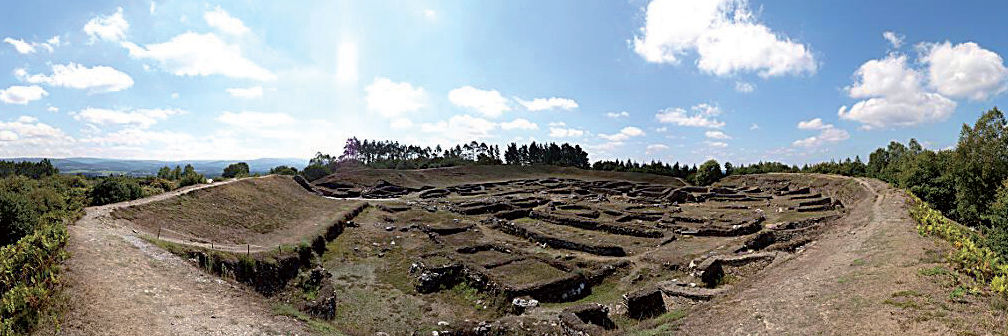
Galician cultural heritage is characterized by its richness, diversity and geographical spread, as well as by linking the surrounding landscape. Megalithic monuments like dolmens, rock carvings, and castros ―fortified settlements from the Iron Age― abound. There are numerous Roman remains ―the walls of Lugo, a World Heritage Site, or the Tower of Hercules in A Coruña― being prominent among them.
But if something makes it a European benchmark, that is the multiple arteries of the road to Santiago de Compostela, a UNESCO World Heritage Site and cultural meeting point for the millions of pilgrims who have followed the Jacobean routes throughout history. The Ways of St. James, which had its peak in the Middle Ages, were declared the first European Cultural Itinerary by the Council of Europe and they are now travelled each year by thousands of people.
The goal of the pilgrimage route is the Cathedral of Santiago de Compostela, one of the main symbols of Galicia due to its heritage value, its historical significance in shaping the European identity and its projection for the image of Galicia abroad.
With over 30,000 towns, Galician landscape is deeply humanized. Its territory is dominated by stone buildings, mainly churches, granaries and stone crosses.
Galicia also has a very rich musical, literary, theatrical, etc. culture. Even oral culture still keeps alive ancient customs and stories full of imagination where reality and fantasy blend. This living popular culture made it possible to pass the collective memory and language of Galicia from generation to generation for centuries up to the present time.


